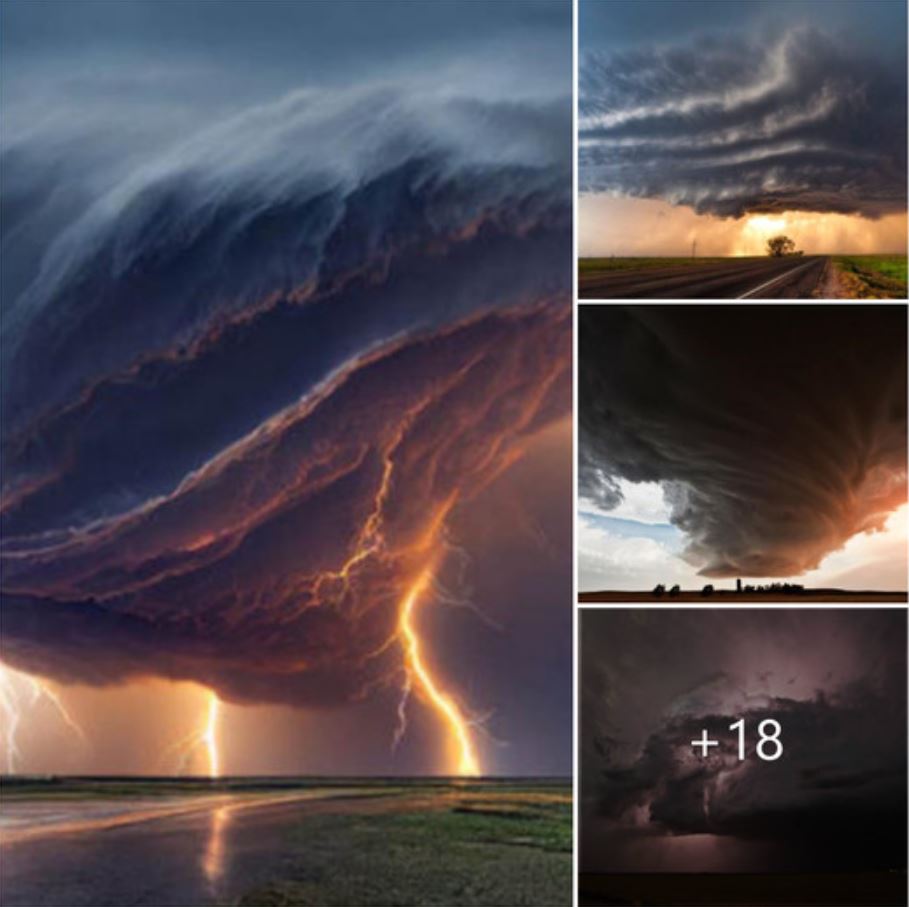The sight of storm clouds rolling in is often a signal of impending weather changes. These formidable formations can evoke a sense of awe and wonder, particularly when they are accompanied by unusual and captivating rays of light. Beautiful storm clouds carrying strange rays of light create a mesmerizing spectacle that captivates the observer and stirs the imagination. This natural phenomenon, while somewhat rare, showcases the intricate and often mysterious beauty of our atmosphere.
The Formation of Storm Clouds
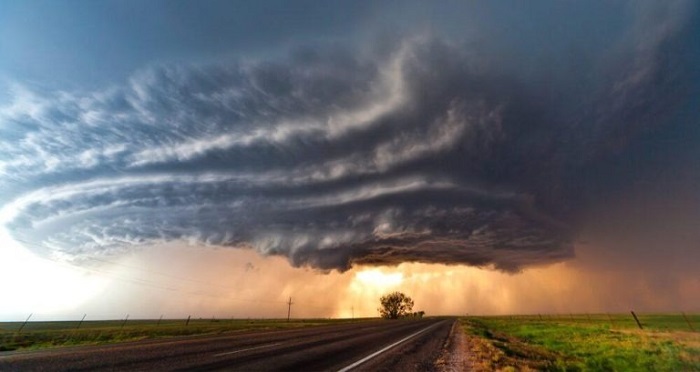
Storm clouds, or cumulonimbus clouds, are formed through a complex process involving heat, moisture, and atmospheric instability. As warm, moist air rises, it cools and condenses, forming clouds. Under the right conditions, these clouds grow vertically, reaching high into the atmosphere, and develop into towering cumulonimbus clouds. These clouds are often associated with thunderstorms, heavy rain, and even severe weather events such as tornadoes and hailstorms.
The dramatic appearance of storm clouds is characterized by their towering structure and dark, ominous color. The top of a cumulonimbus cloud can reach the stratosphere, flattening out into an anvil shape. The sheer size and power of these clouds are awe-inspiring, but when they interact with light in unique ways, the visual effect can be truly breathtaking.
The Science Behind Strange Rays of Light
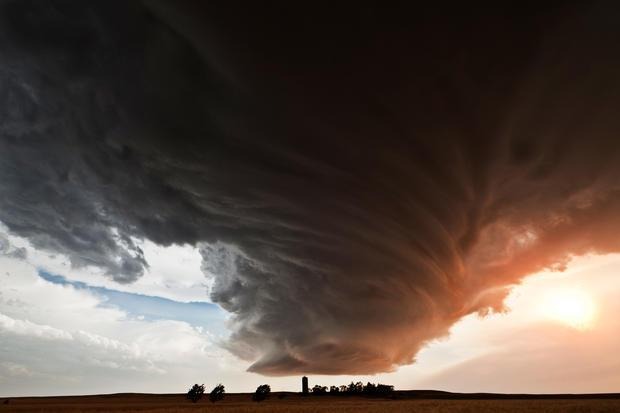
The strange rays of light seen with storm clouds are often the result of several atmospheric phenomena. One of the most common causes is the scattering of sunlight by water droplets and ice crystals within the clouds. This scattering can create beams of light that radiate from the cloud, known as crepuscular rays. These rays are often visible during sunrise or sunset when the angle of the sun is low, and the light has to pass through a thicker layer of the atmosphere.
Another phenomenon that can produce unusual light patterns is cloud iridescence. This occurs when sunlight is diffracted by small water droplets or ice crystals in the cloud, creating a spectrum of colors. The resulting effect is a vivid, multi-colored display that can appear as patches of color on the edges of the cloud or even across its entire surface.
The Beauty of Storm Clouds and Light
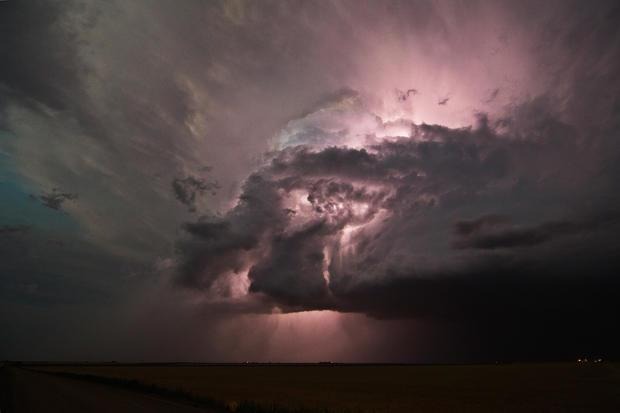
The interplay between storm clouds and light can create scenes of extraordinary beauty. The dark, brooding presence of the clouds contrasts sharply with the ethereal quality of the light rays, creating a dynamic and visually striking image. Photographers and nature enthusiasts are often drawn to these moments, eager to capture the fleeting beauty of the phenomenon.
One of the most captivating aspects of this spectacle is its transient nature. The conditions required for such displays are often fleeting, making each occurrence unique and special. Observing these events can evoke a sense of wonder and appreciation for the complexity and beauty of our natural world.
Cultural and Symbolic Interpretations
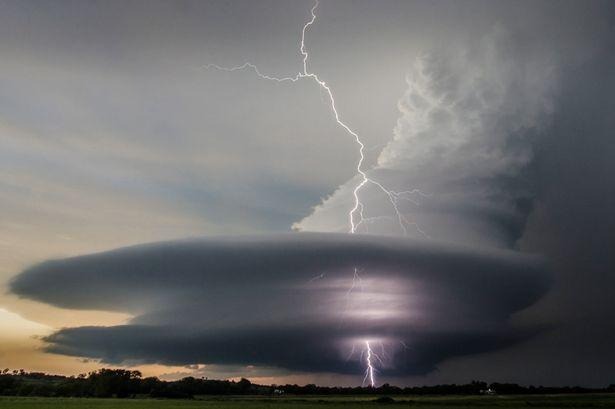
Throughout history, storm clouds and unusual light phenomena have held significant cultural and symbolic meanings. In many cultures, storm clouds are seen as powerful symbols of change, renewal, and transformation. The appearance of strange rays of light breaking through these clouds can be interpreted as a sign of hope, enlightenment, or divine intervention.
Artists and writers have long been inspired by these natural displays, using them as metaphors for human emotions and experiences. The dramatic contrast between the dark clouds and the radiant light serves as a powerful visual representation of struggle and triumph, despair and hope, or chaos and order.
Beautiful storm clouds carrying strange rays of light are a mesmerizing natural phenomenon that captures the imagination and inspires awe. The combination of towering cumulonimbus clouds and unique light effects creates a dynamic and visually striking scene that showcases the intricate beauty of our atmosphere. Whether viewed as a scientific curiosity, a source of artistic inspiration, or a symbol of hope and transformation, these moments remind us of the powerful and often mysterious forces at work in our natural world. Observing such phenomena can deepen our appreciation for the beauty and complexity of the environment around us, encouraging us to cherish and protect it for future generations.
